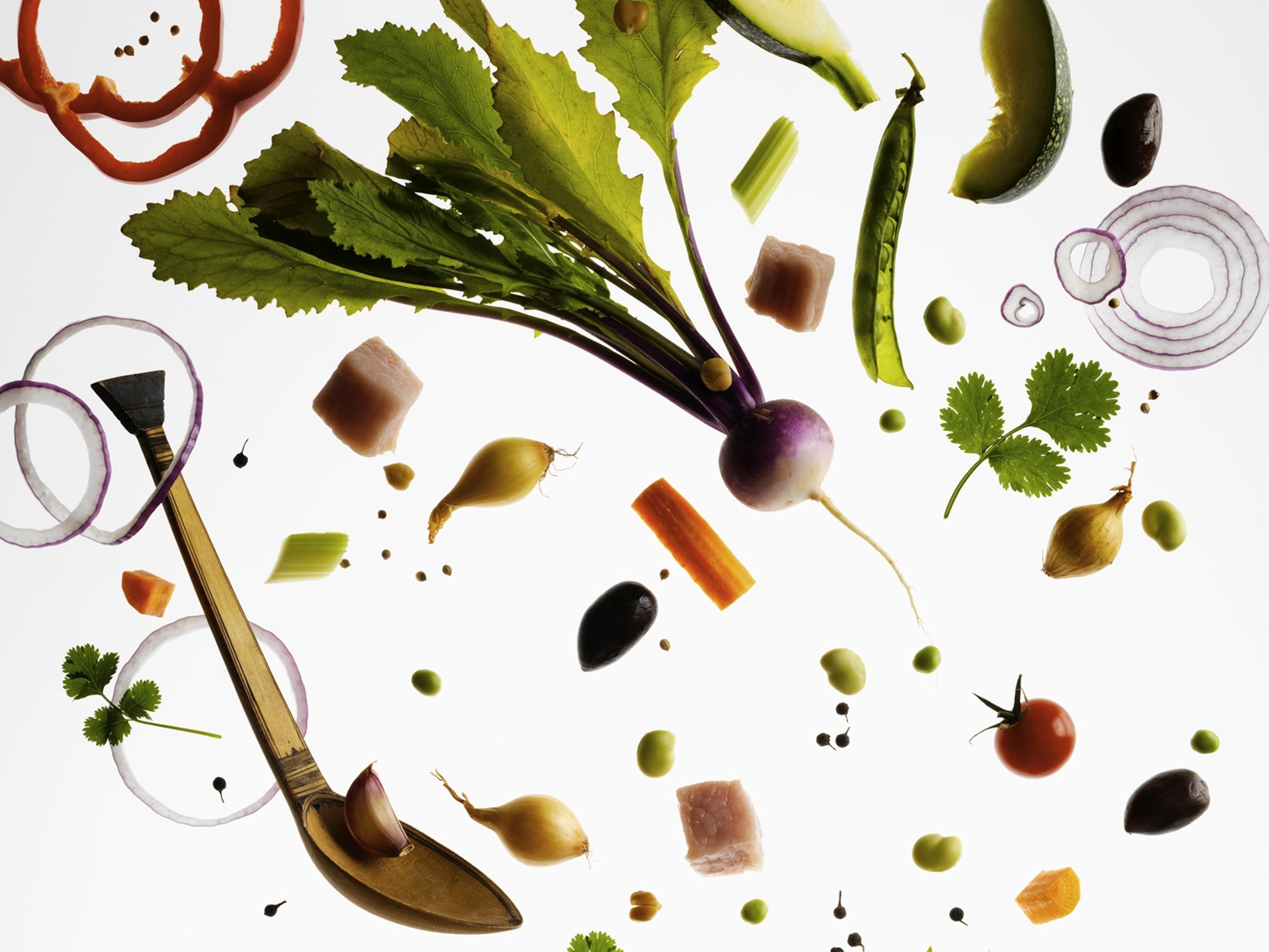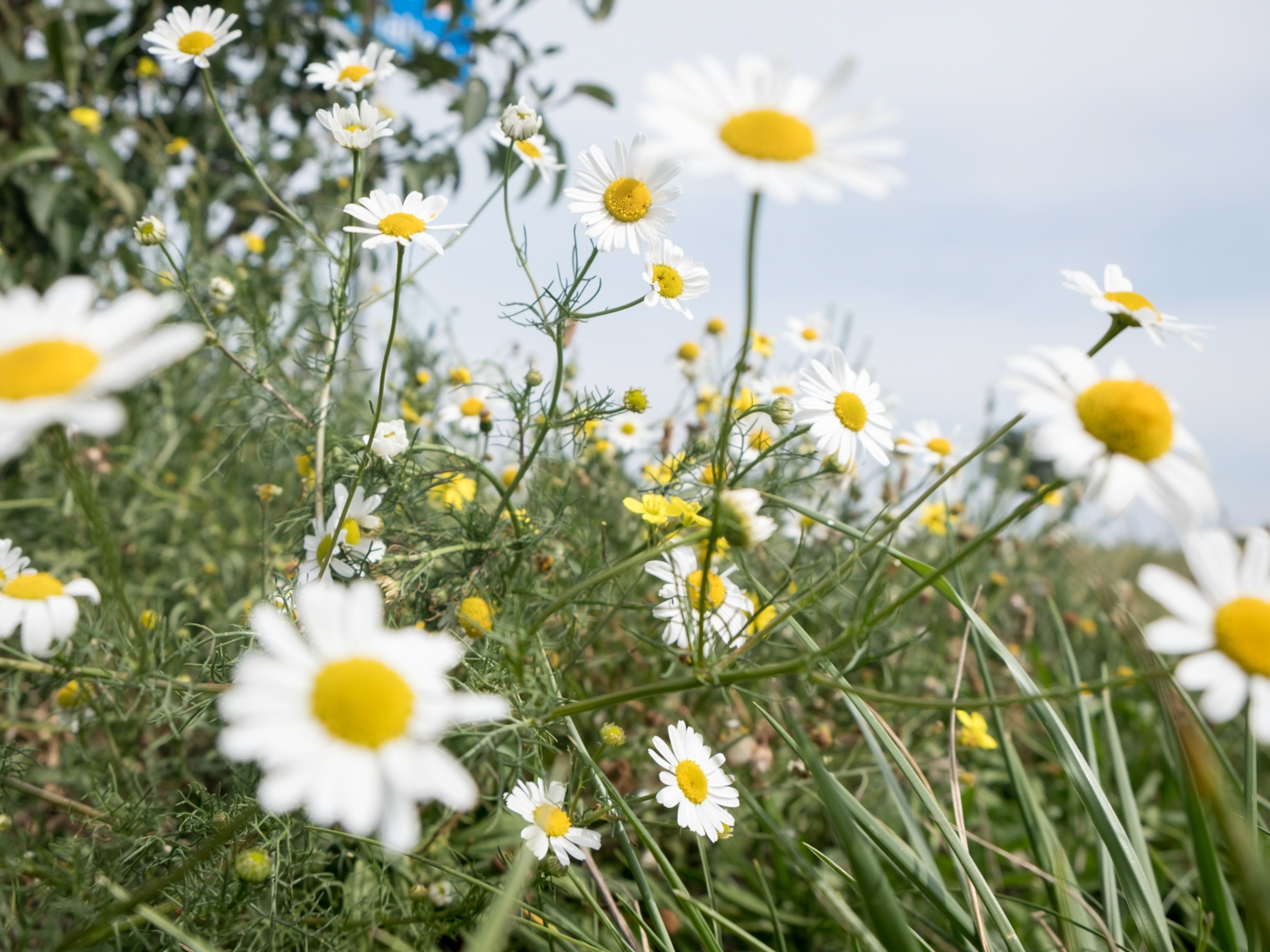
David Y. Lee’s “The Waiting List”
“If you give me a camera, I’ve got a purpose. This is why I want to be a photographer.”
Back in 2008, David Y. Lee was a member of the White House press corps, skilled at jockeying for the best position and finding fresh takes on often-photographed events, but ultimately observing from a distance. Then, an article in The Washington Post about organ donation caught his eye, with a statistic he found hard to ignore: one third of the people on the transplant wait list were ineligible because they were too sick, not sick enough, or due to some other complication.
And, as he found out by doing more research, even though 90% of Americans said they believed in organ donation, only 30% were registered donors, even though registration could be done online. If this is the case, he wondered, couldn’t the problem of a wait list hypothetically be solved if enough people signed up?
Becoming an organ donor—and the subsequent thoughts about one’s mortality—is typically not a priority unless one is directly impacted, either as someone in need of a transplant, or as a loved one of that someone. Lee was in neither of these situations. For him, it was as simple as coming across a problem that he had the power to solve—the marriage of photography and purpose.
Enter “The Waiting List.”
Lee would start with the story of an individual, told in their words. Using social media, it would be seen by people in their circles and then those in the concentric circles beyond, touching one life at a time.
“My hope is to have my work resonate with my family and friends, and having their first reaction be a simple LIKE. Through social media, I can see if my work connects with those in my world. I can adapt my stories and portraits to be better humanize the statistics of organ donation to the rest of America. If I can make my family and friends care, I am onto something.”
The interview continues following the below portraits and stories.

Meet Nicole Perez of Sacramento, CA (and her 5-year-old daughter Natalie). Nicole’s daughter Marina Figueroa passed away on January 28, 2013 at age 13; she was an organ donor and saved four lives. “To be able to meet Marina’s heart recipient would be the most amazing experience. My daughter, even though she didn’t give her heart to a boy in life, she gave her heart to a 16-year-old boy to save his life. I thought that was a pretty cool irony. Has she ever kissed a boy? Has she ever experienced love? I don’t even know if she had even held hands with a boy. To feel my daughter’s heart working inside someone else, wow. That’s what this was all about. To bring life, to save a life. It still amazes me.” –Nicole Perez, 2014

Meet Tad Suwa of Sacramento, CA. He received a living kidney donation from his sister on August 3, 2012. Due to complications, his transplant failed and Tad is back on the waiting list. “I know my sister toiled with (being a living kidney donor) for a little while because she is a single mom. She donated a kidney because she wanted to see her brother extend his life. And it didn’t happen. Did I take her kidney for no reason? Basically, she is one organ less because of me. So if something happens later in life, I am at fault. I hold a lot of that in. And yet she has told me, if I had another kidney to give you I would.” –Tad Suwa, 2014

Meet Mark Grassinger of Citrus Heights, CA and his son Riggs who received a liver transplant on September 13, 2012 when he was 18 months old. “You just felt each day him getting weaker, and weaker, and weaker. And there was a point where we really did think that we might lose him. You’re walking up and down the halls because he is uncomfortable. Your arms are falling off because you’ve carried him for another three hours. You just keep doing it because you know what, you do whatever it takes. So we’re running around, they have this little courtyard over at UCSF and we’re running behind bushes trying to get a smile out of him. Just because if you get a smile out of him, there is still life there. You have to have that level of hope through the process.” —Mark Grassinger, Riggs’ father, 2014

Meet Kelci Fandel of Diamond Springs, CA. As a 9-year-old she received a heart transplant on May 19, 2004. Today she is a medical assistant and is studying to become a kindergarten teacher. “Over 10 years ago, we would have never believed in organ donation. We actually thought it was ghoulish. After having my daughter need a heart, after my mother needing a kidney, and after years of meeting people in our situation, my mind has totally changed. My driver’s license has the donor dot. People need to see how simple it is to sign up, and realize what a big difference they will make in other peoples’ lives. It is also way to honor the person that passed on. This is something I think of a lot when I think of the precious gift that was given to my daughter at age 9. I’ll always be forever grateful to Doryce Norwood and her family.” —Smokey R. Fandel, Kelci’s father, 2014

Meet Kat Killips of Citrus Heights, CA (and her two-month-old daughter Kylee). Kat received a liver transplant on July 4, 2004. “I had never thought about organ donation, I had never thought about being this sick. I had never thought about my life changing so drastically. I was in my young 20’s, I was having a great time. The doctors moved me to the top of the list because I was one of the sickest patients at that point. You have to be so sick that you are dying to get a transplant. But just well enough to survive the surgery. I was literally on the borderline of ‘Will I make it the next couple of days?’ or &’Will I make it long enough to get a transplant?’ And then you have to remember that there are floors of patients also waiting for transplants. How sick are they? It was really weird. And the difference between me and other people was that some were sick for years and I was sick for weeks. I just got sick overnight. I did feel kind of guilty. But it is not about who you are, it is about what your numbers are, it is about what your blood type is, it is about how sick you are. You just have to know that if that next person is just as sick that they are going to get a transplant. Hopefully, there are enough organs coming in that that person is going to be saved too.” –Kat Killips, 2014
Reaching back to his roots in long-form documentary photography, Lee takes a straightforward approach to photographing his subjects, showing them as “simple, ordinary people in their homes, still living their lives.” He interviews them at length, which he refers to jokingly as “bad therapy,” showing up at their houses with a notebook, listening to their stories, asking questions that others in similar situations might be curious to hear.
Back online, Lee is invested in fostering a community he hopes can eventually become self-sustaining. A big part of this is presenting a model of storytelling that others can follow, presenting members of the community the opportunity to step in as guest editors. “It’s so much more powerful hearing from them,” he says.
In March of 2014, Lee began a partnership with Sierra Donor Services who took a chance on a “no-name kid showing up with an idea,” as Lee puts it. So far these have been viewed over 90,000 times on The Waiting List Facebook page. “I am at mile four of the marathon,” Lee says of getting the message out. There is definitely more to come.
Read more stories from the “The Waiting List” and join the conversation on thewaitinglist.org. You can also follow the project on Tumblr. To register as an organ donor, visit www.donatelife.net/register-now.
Related Topics
You May Also Like
Go Further
Animals
- Octopuses have a lot of secrets. Can you guess 8 of them?
- Animals
- Feature
Octopuses have a lot of secrets. Can you guess 8 of them? - This biologist and her rescue dog help protect bears in the AndesThis biologist and her rescue dog help protect bears in the Andes
- An octopus invited this writer into her tank—and her secret worldAn octopus invited this writer into her tank—and her secret world
- Peace-loving bonobos are more aggressive than we thoughtPeace-loving bonobos are more aggressive than we thought
Environment
- Listen to 30 years of climate change transformed into haunting musicListen to 30 years of climate change transformed into haunting music
- This ancient society tried to stop El Niño—with child sacrificeThis ancient society tried to stop El Niño—with child sacrifice
- U.S. plans to clean its drinking water. What does that mean?U.S. plans to clean its drinking water. What does that mean?
- Food systems: supporting the triangle of food security, Video Story
- Paid Content
Food systems: supporting the triangle of food security - Will we ever solve the mystery of the Mima mounds?Will we ever solve the mystery of the Mima mounds?
History & Culture
- Strange clues in a Maya temple reveal a fiery political dramaStrange clues in a Maya temple reveal a fiery political drama
- How technology is revealing secrets in these ancient scrollsHow technology is revealing secrets in these ancient scrolls
- Pilgrimages aren’t just spiritual anymore. They’re a workout.Pilgrimages aren’t just spiritual anymore. They’re a workout.
- This ancient society tried to stop El Niño—with child sacrificeThis ancient society tried to stop El Niño—with child sacrifice
- This ancient cure was just revived in a lab. Does it work?This ancient cure was just revived in a lab. Does it work?
Science
- The unexpected health benefits of Ozempic and MounjaroThe unexpected health benefits of Ozempic and Mounjaro
- Do you have an inner monologue? Here’s what it reveals about you.Do you have an inner monologue? Here’s what it reveals about you.
- Jupiter’s volcanic moon Io has been erupting for billions of yearsJupiter’s volcanic moon Io has been erupting for billions of years
- This 80-foot-long sea monster was the killer whale of its timeThis 80-foot-long sea monster was the killer whale of its time
Travel
- How to plan an epic summer trip to a national parkHow to plan an epic summer trip to a national park
- This town is the Alps' first European Capital of CultureThis town is the Alps' first European Capital of Culture
- This royal city lies in the shadow of Kuala LumpurThis royal city lies in the shadow of Kuala Lumpur
- This author tells the story of crypto-trading Mongolian nomadsThis author tells the story of crypto-trading Mongolian nomads







